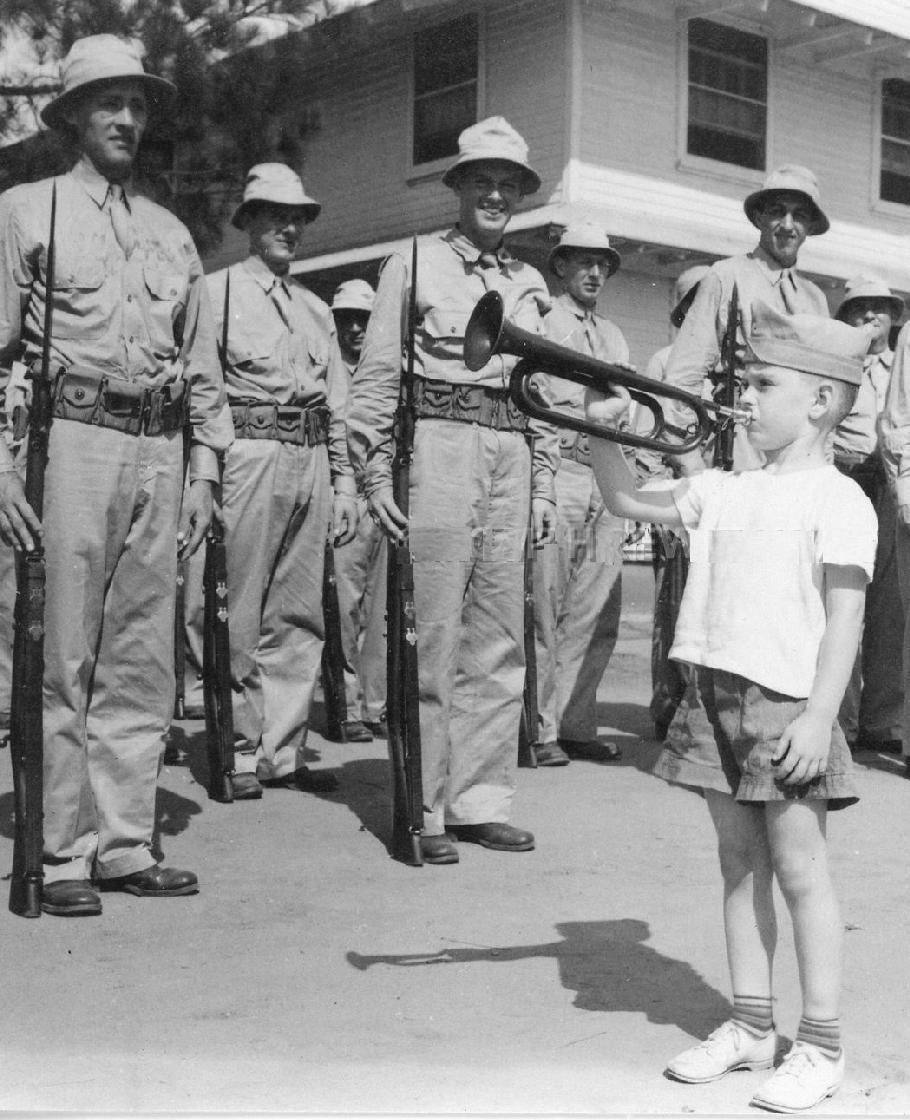
Figure 1.--The men drafted as a result of the 1940 Selective Service Act trained in camps opened up all over the country, but especially in the South where training was possible year round. Here we see Jimmy y Gaines, son of Sergeant Gaines, 2nd Platoon, 8B, Camp Wheeler, Macon, Georgia (Summer 1941). Camp Wheeler was used as an infantry replacement center from 1940-45. At the height of the training effort, the camp contained 17,000 trainees and 3,000 cadre personnal. Among units staged there was the 7th Infantry Division. The 7th Division was deployed to the Pacufic and fought on Aleutian Islands, Leyte, and Okinawa. Men like Sgt. Gaines from the small pre-War Regular Army had the vital task of turning raw civilians into soldiers capable of winning the greatest war in human history. For the first time since World War I, the United States had a substanial army, albeit, still poorly trained, inexperinced, and poorly armed. At the time this photograh was taken, some 150 well armed and led German divisions were driving toward Moscow. The Germans had 8 years to build their army. As it would turn out, the United States would have little more than a year. The major issue at the time in America , however, only a few months before Pearl Harbor was being debated in Congress. The Isolationists wanted Congress to reject renewal of the Selective Service Act, and essentially disband America's fledgling new army. Congress was split and there was a very real possibility that President Roosevelt might fail to obtain the needed votes for renewal. |

